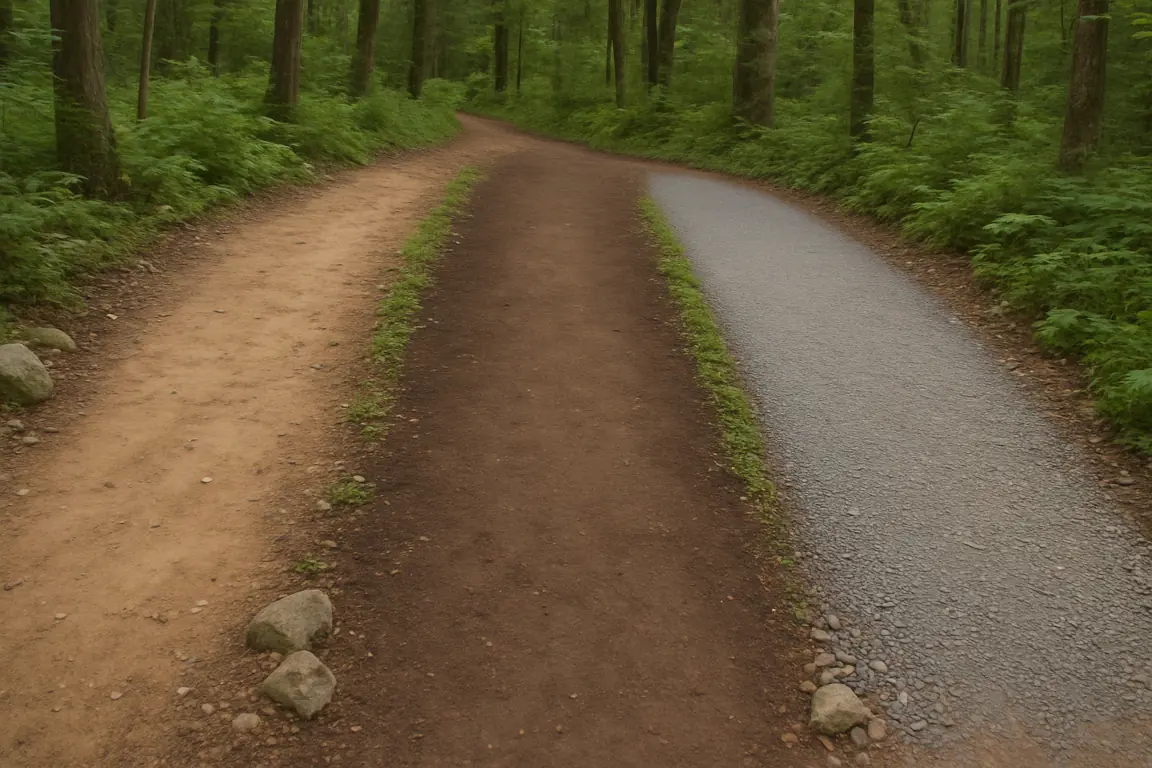
Soil Types and Trail Construction
Understanding soil composition and characteristics is fundamental to building sustainable, durable mountain bike trails that withstand weather and usage over time.
Overview
Understanding Soil Types for Trail Building
Soil is the foundation of every trail. The type, composition, and characteristics of soil directly impact how a trail performs, how it drains, and how it holds up over time.
Common Soil Types in Trail Building
Different soil types present unique challenges and opportunities for trail construction. Understanding these characteristics is essential for building sustainable trails.
Loose, gritty texture with excellent drainage but poor cohesion. Requires stabilization techniques and often needs amendments for sustainable trails.
Sticky when wet, hard when dry. Excellent cohesion but poor drainage. Requires extensive drainage solutions and can become very slippery when wet.
Balanced mixture of sand, silt, and clay. The "gold standard" for trail building with good drainage and adequate cohesion. Creates tacky, grippy trail surfaces.
High rock content with variable drainage based on composition. Excellent for armoring and creating technical features. Creates durable trail surfaces.
Understanding soil composition helps you build better, more sustainable trails.
- Predict how trails will perform in wet conditions
- Determine appropriate drainage solutions
- Select suitable construction techniques
- Plan for long-term maintenance needs
- Create sustainable trails that resist erosion